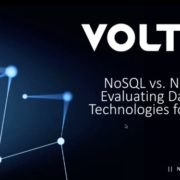Microsoft recently published a blog post announcing a new competition for data scientists. It calls for participants to use machine learning to predict, given the current state of a device, when (or if) it is likely to get infected with malware.
"The competition provides academics and researchers with varied backgrounds a fresh opportunity to work on a real-world problem using a fresh set of data from Microsoft," the blog post states. "Results from the contest will help us identify opportunities to further improve Microsoft’s layered defenses, focusing on preventative protection. Not all machines are equally likely to get malware; competitors will help build models for identifying devices that have a higher risk of getting malware so that preemptive action can be taken."










